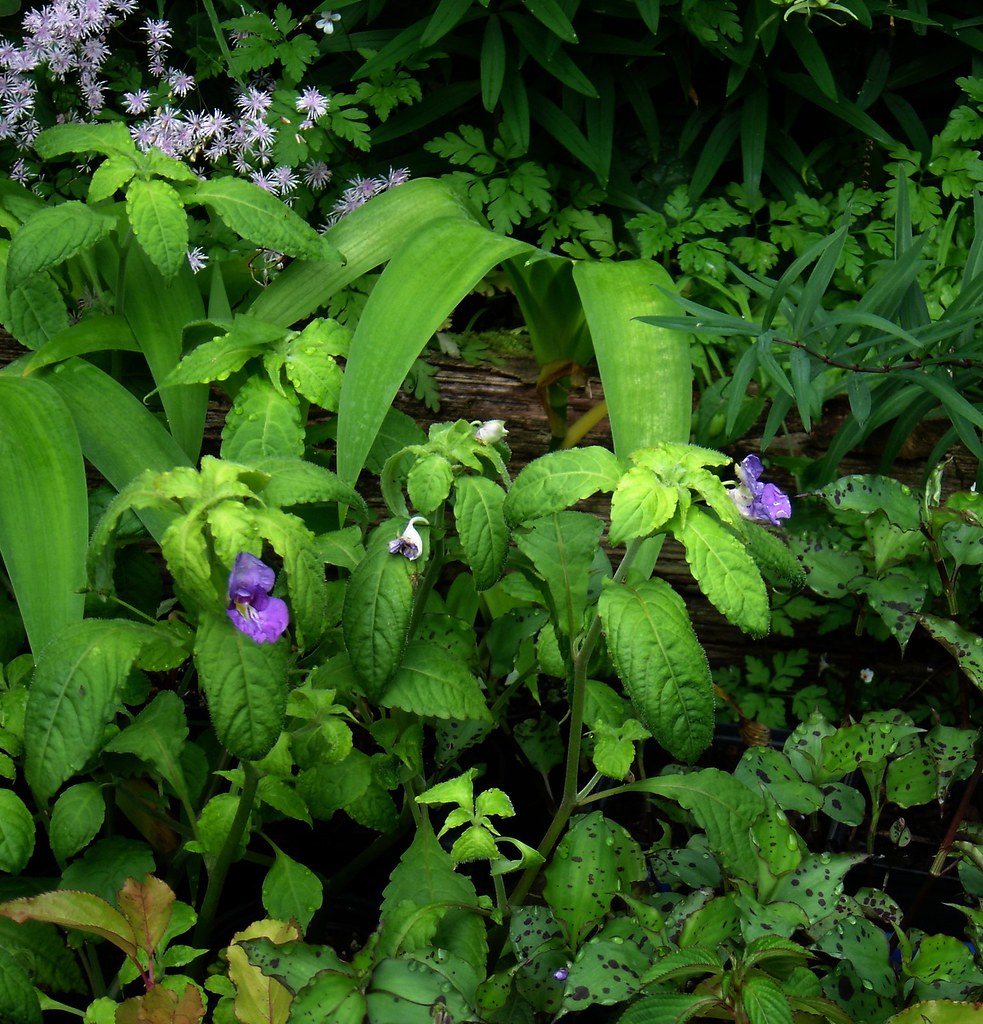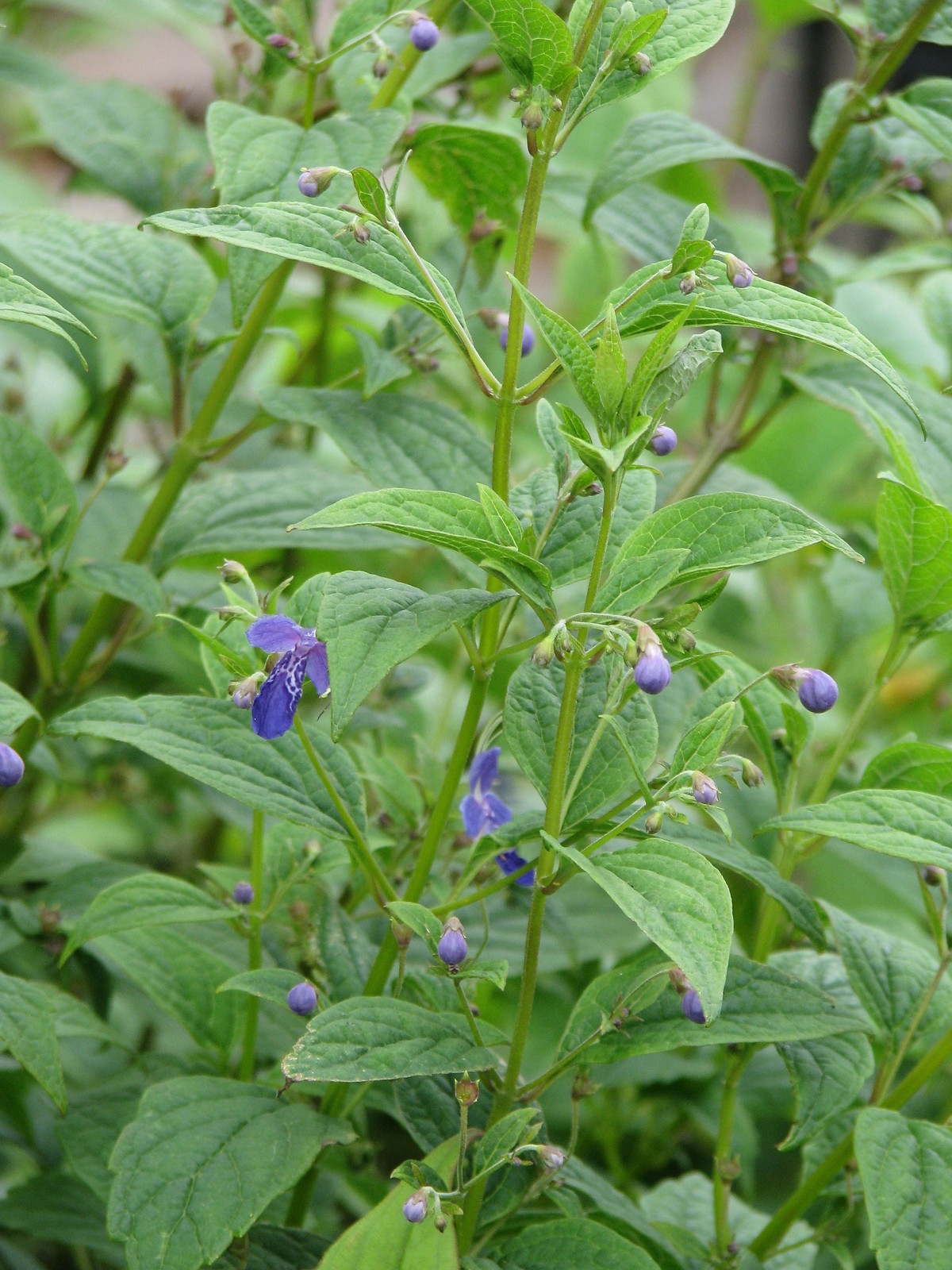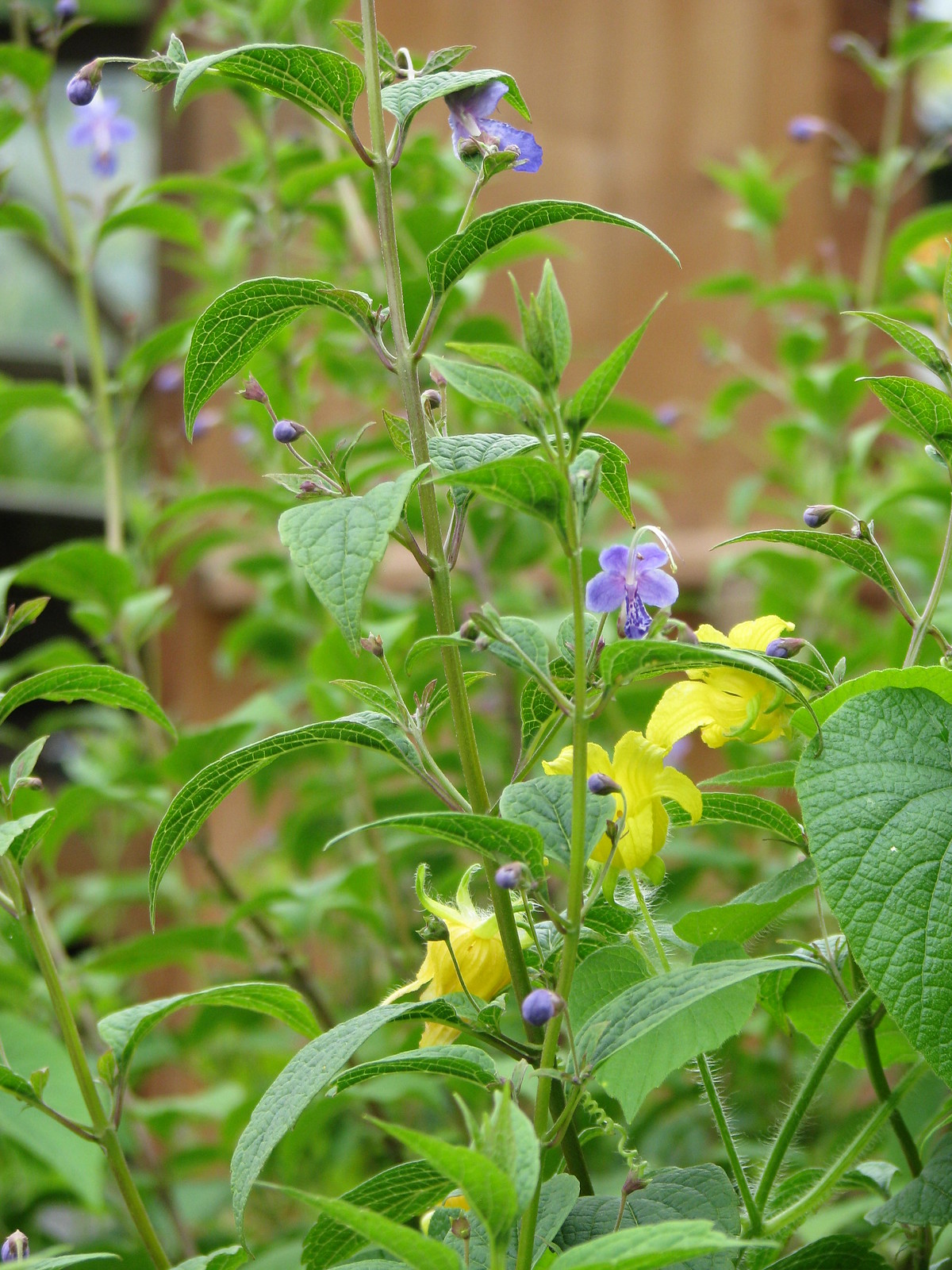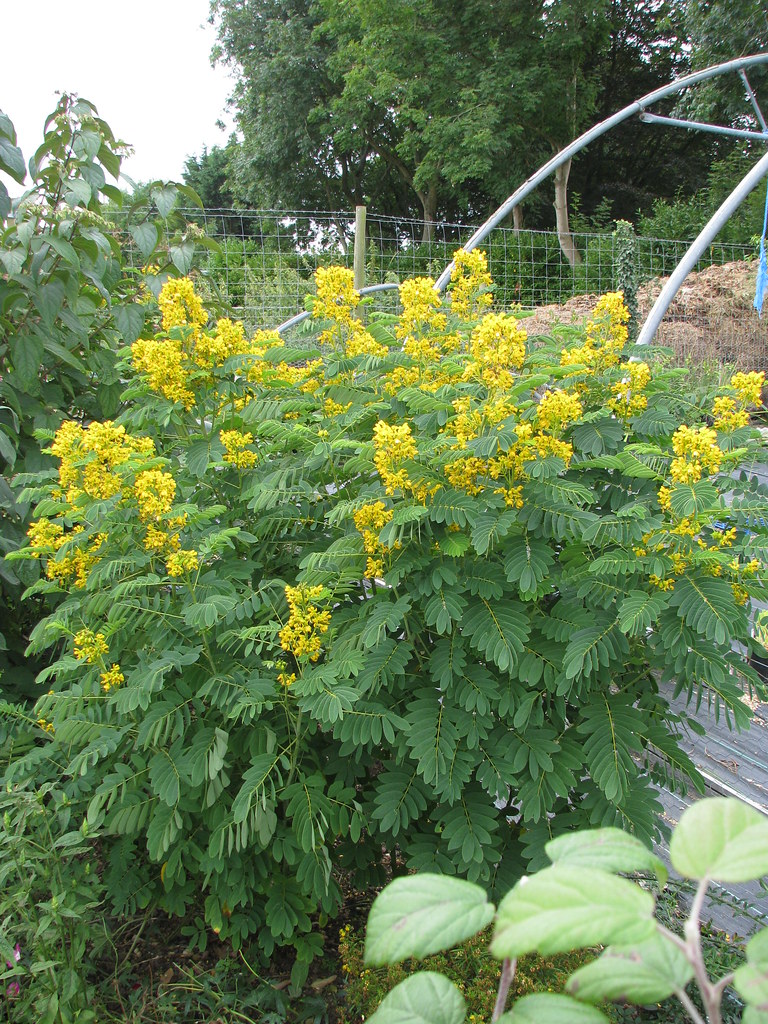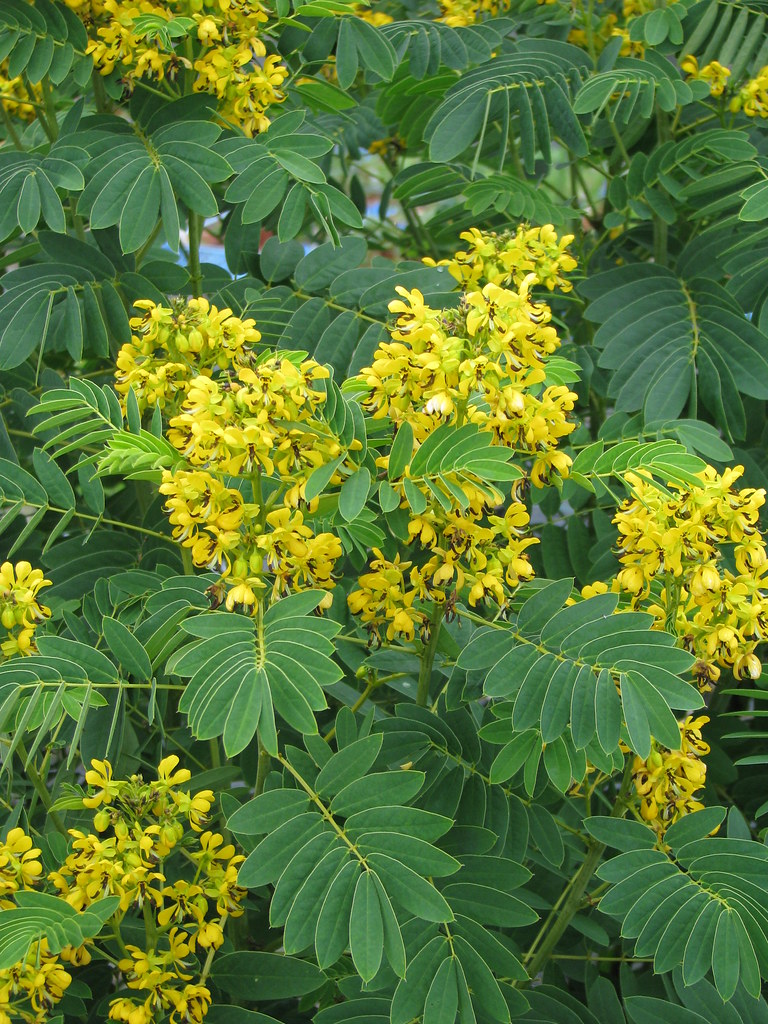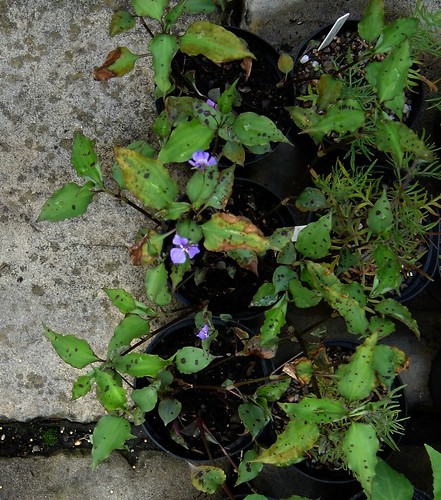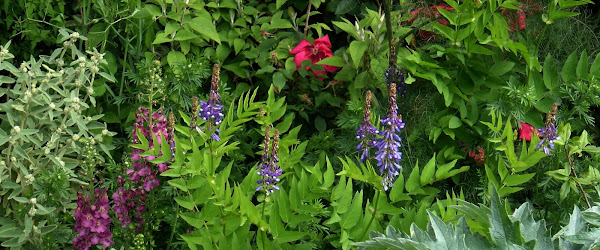I keep on telling people that these things are hardy but they don't really believe me. The look on their face says 'Yes but not really', and I say, no, they've all survived outdoors in the ground both here and on our heavy soil at home, and they still don't really believe it, but I can promise you. There is in fact a narrow shady raised bed at the nursery only 6ins deep over the Mypex where three of them -
arguta,
uniflora and
puberula are in danger of taking over. They even seem to do quite well in dry shade under shrubs. Almost too good to be true.
People are always wanting plants for shady places that flower on and on all summer. Well here they are. Come and get them...
Impatiens arguta, originally uploaded by peganum.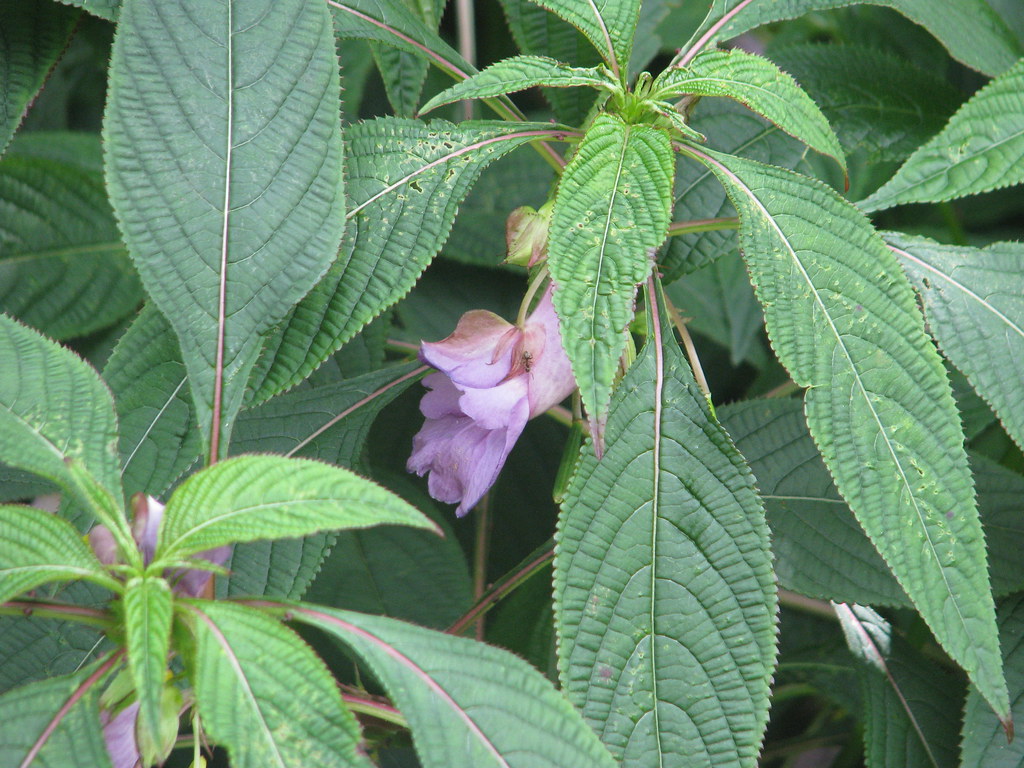
The most reliable hardy species here in Sussex - even in dry shade. A vigorous species with large tubular purple flowers on red stems. Ideal for any shady situation and flowering all summer.
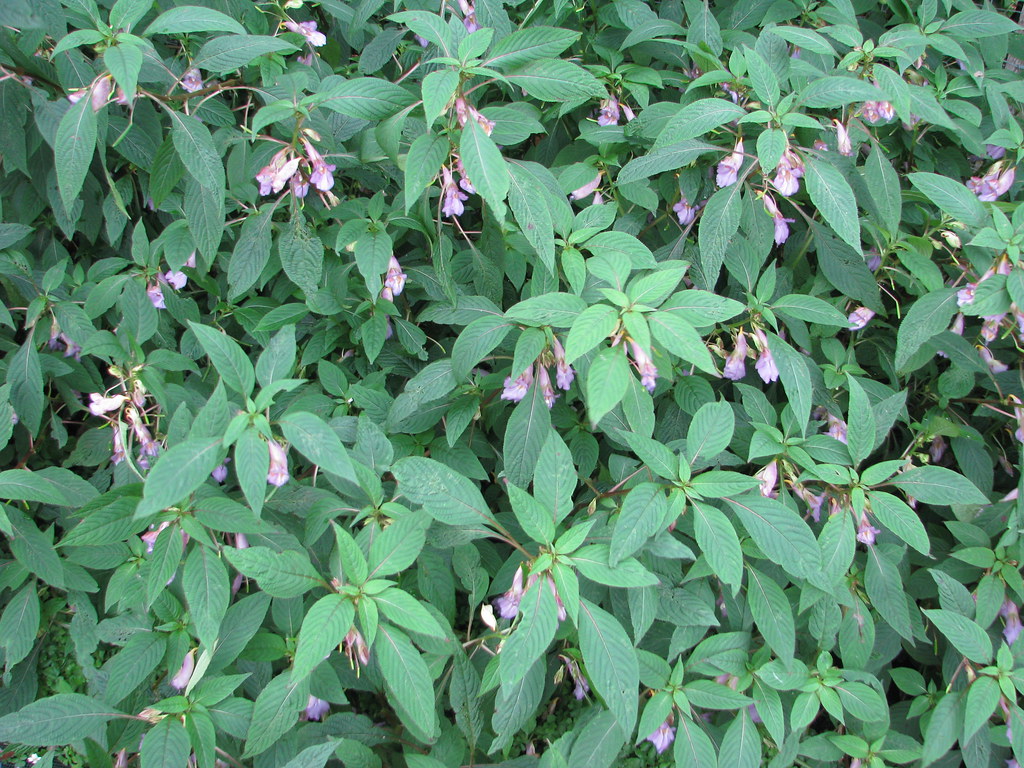
A large plant in the border at the nursery in late October. What's not to like?
1L pots ~ £8
Another hardy purple flowered species, this time with soft green, somewhat fuzzy foliage. The flowers are more chubby with dark purple lips and a paler 'bag' behind, if you see what I mean.
Needs the same conditions as arguta but is more spreading as the stems root where they touch the ground.
£6
Impatiens stenantha
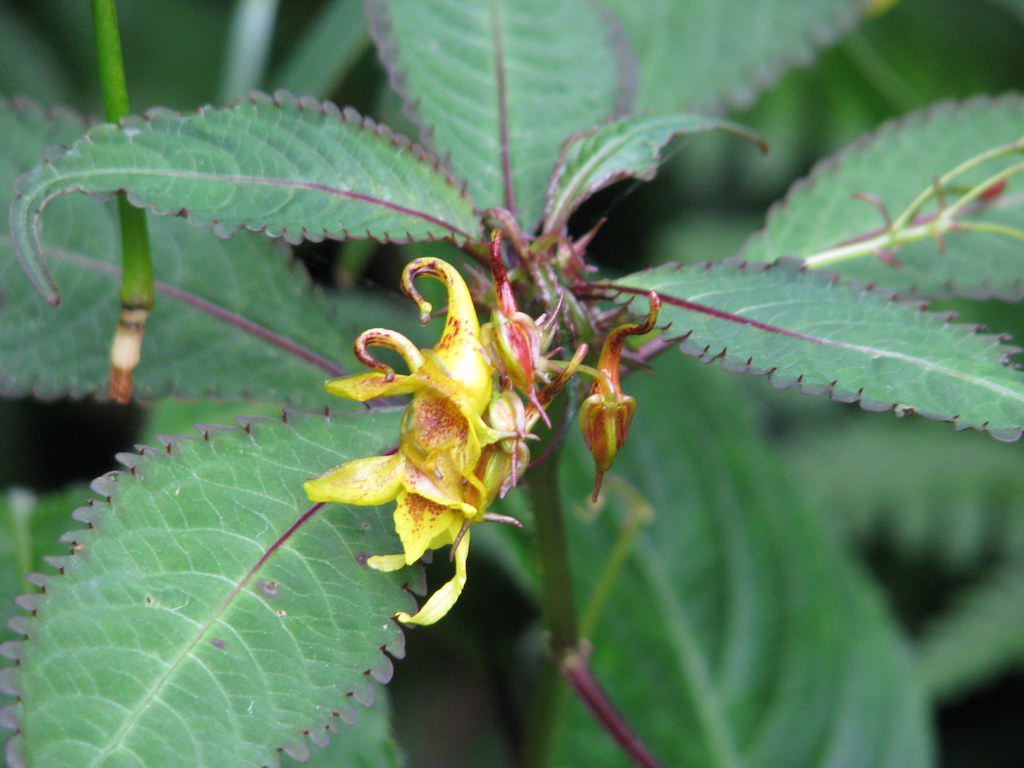
Another excellent hardy species for exactly the same conditions as the others. The foliage and stems have a distinct wine purple tint.
Sold out





